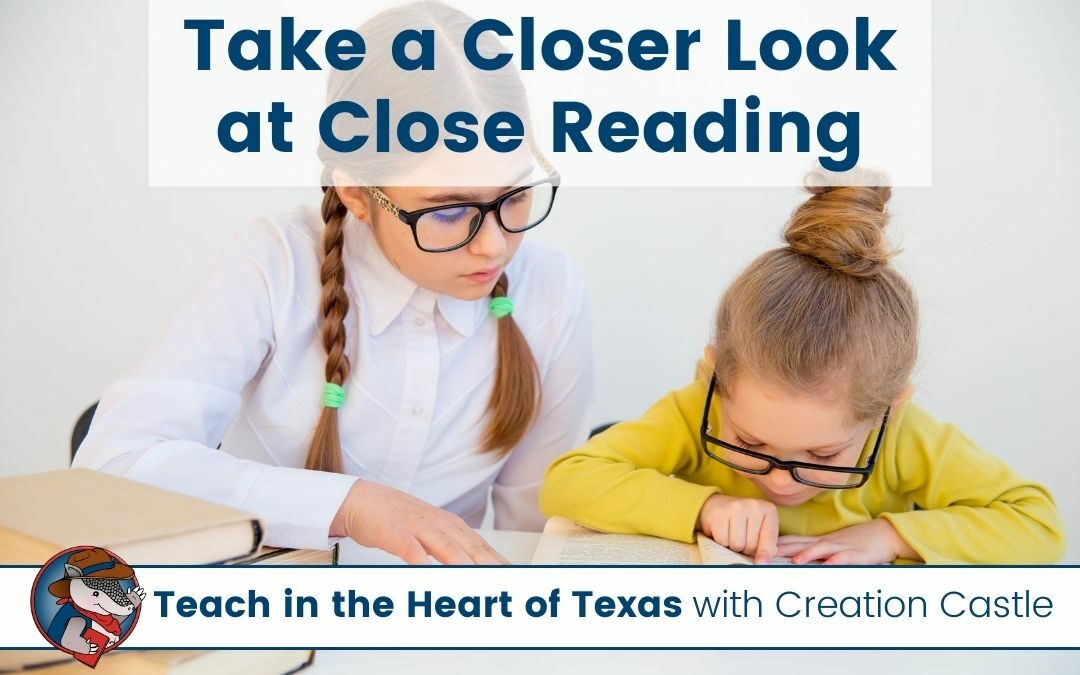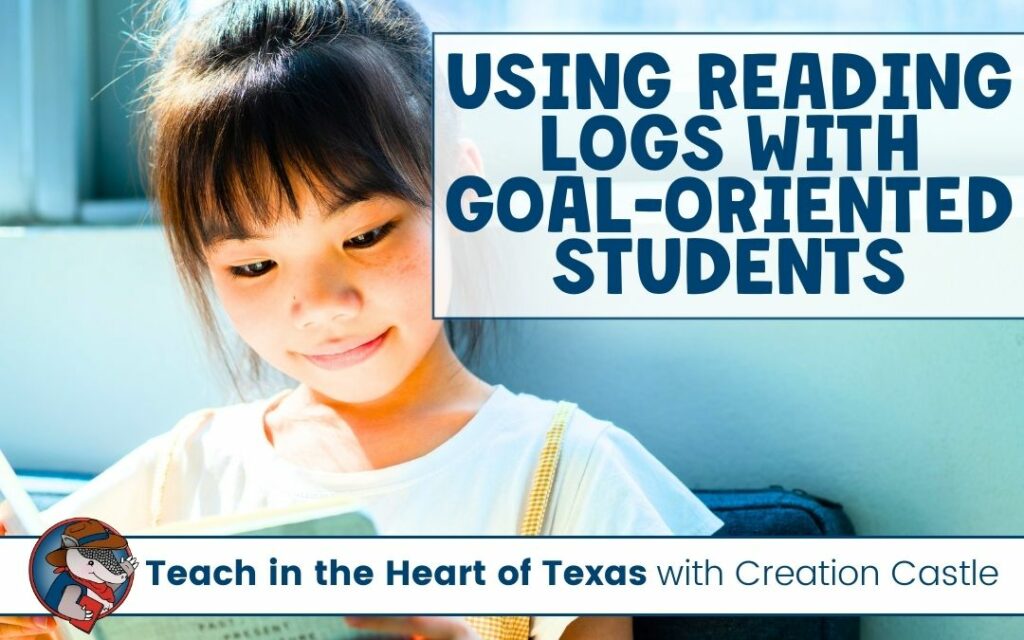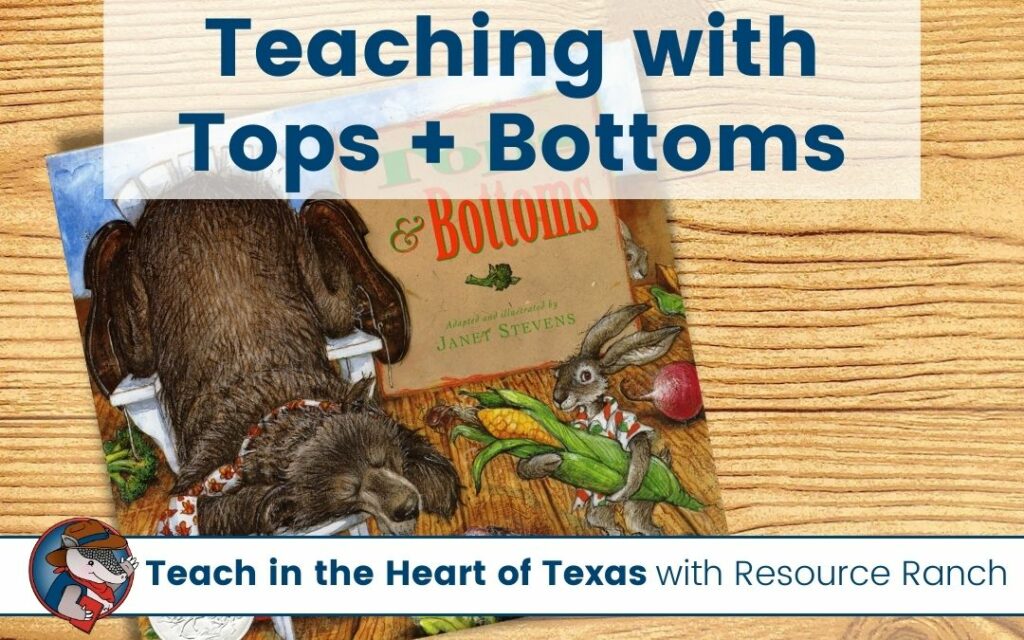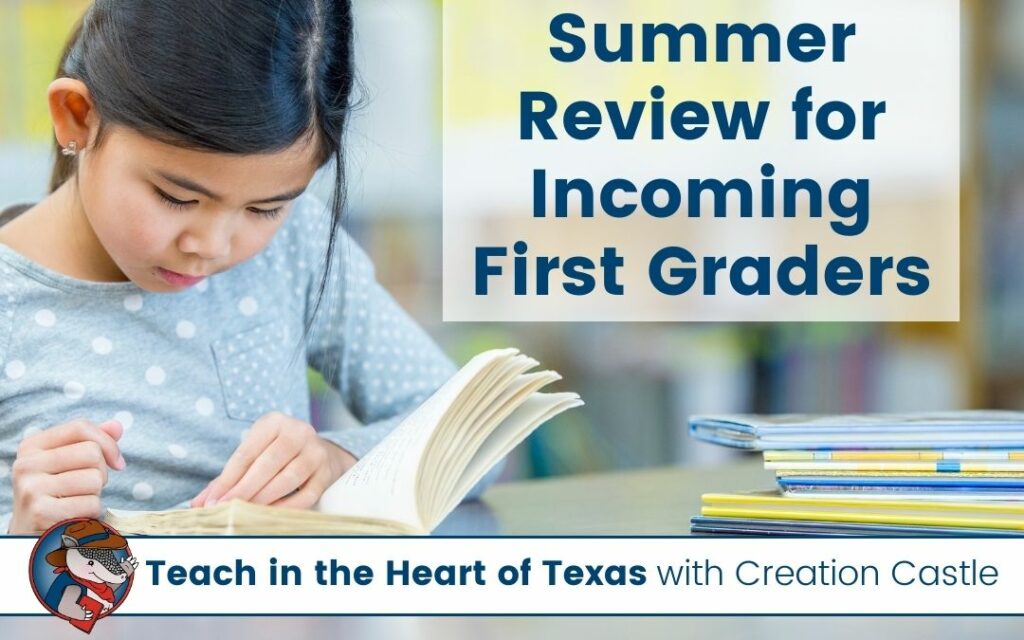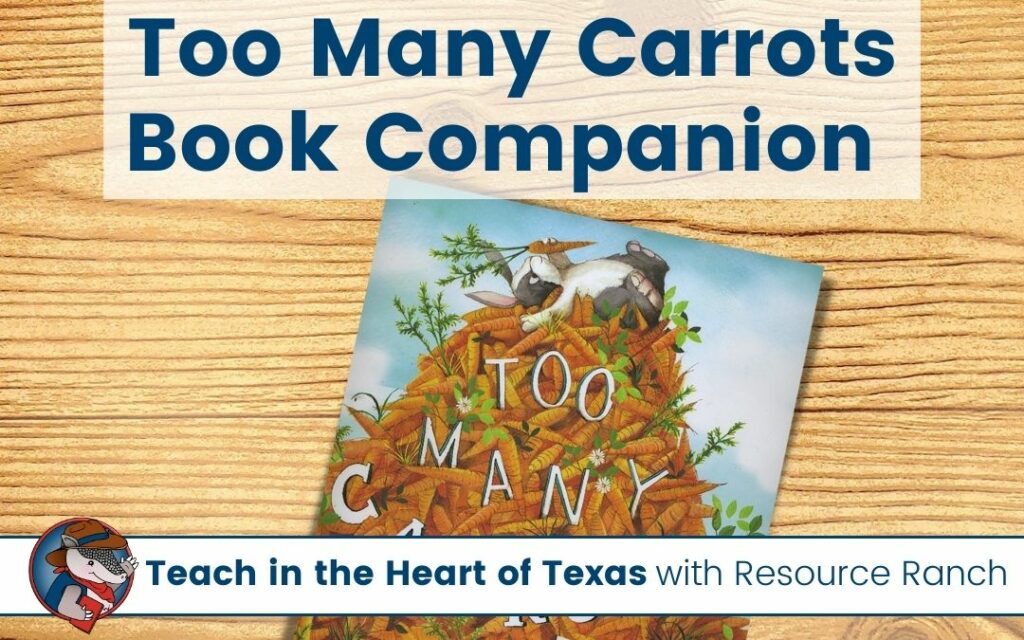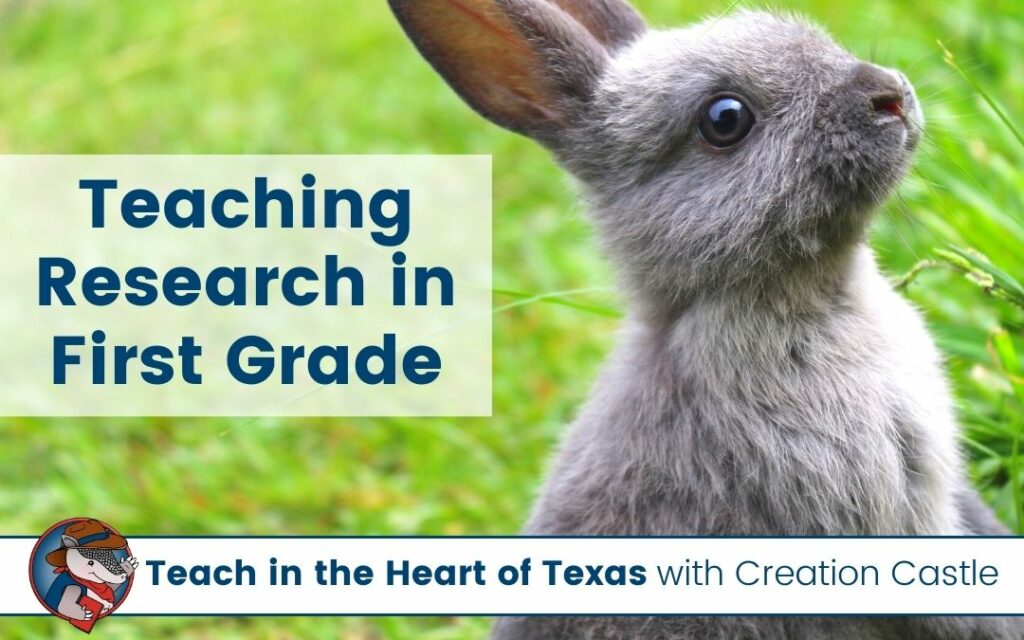Close reading involves reading short pieces of text multiple times. As your students become more familiar with the text, they will begin to analyze the content and author’s purpose through text-based questions and discussion.
This reading activity gained popularity in the classroom around 2014/2015, but it’s a practice that has been used for years and will continue to be used because it just works!
Quick Links
What Close Reading Looks Like

Close reading looks like reading. Simple as that.
Would you be surprised if I told you that you already use close reading in your classroom?
Students have been working closely with text before they could even read it. Think about the types of questions you ask your students during a read aloud. These are the same types of questions you will see in close reads. Text-based questions and Bloom’s Taxonomy go hand in hand.
Remember those days in your college education class when you had to write out all your questions for a lesson beforehand? Bloom’s helps you hit all the necessary instructional levels (remembering, understanding, applying, analyzing, evaluating, and creating). The purpose of close reading is to take students through all these levels to truly understand a piece of text.
In case it’s been a while, here are some common verbs that are associated with the different levels of Bloom’s Taxonomy.
| Remembering | Understanding | Applying | Analyzing | Evaluating | Creating |
|---|---|---|---|---|---|
| copy | summarize | choose | categorize | measure | build |
| define | compare | examine | organize | review | write |
| highlight | predict | sketch | illustrate | reflect | solve |
But close reading isn’t just checking off boxes for each type of question. Close reading is a method of approaching text that will help students dig deeper into the text each time they revisit it.
Close Reading in Lower Elementary Classrooms
When your students are new readers, it is best to work on close reading in small groups. In the beginning, you will need to guide your students through each step, from reading the text to talking about key details to learning new vocabulary, etc. Each new text you work with will take one week to complete. Each day you will read the text and then focus on a specific skill.
Weekly Close Reading Plan
In my close reading resources, there is a simplistic plan to guide you through the week and really dig deep into your text. This plan can be used with any passage or book.
On Monday, you’ll start by introducing the text to your students and reading the text together.
On Tuesday, you’ll reread the text together. To check for understanding, the students will answer basic comprehension questions.
On Wednesday, you’ll reread the text again, but this time with a focus on any difficult vocabulary.
On Thursday, after you read the text again, you’ll have a discussion with your students focused more on higher-level thinking questions.
On Friday, you’ll read the text one more time and encourage students to make connections to their own lives. This can be done through discussion, but it is a great opportunity to integrate writing and drawing with reading.
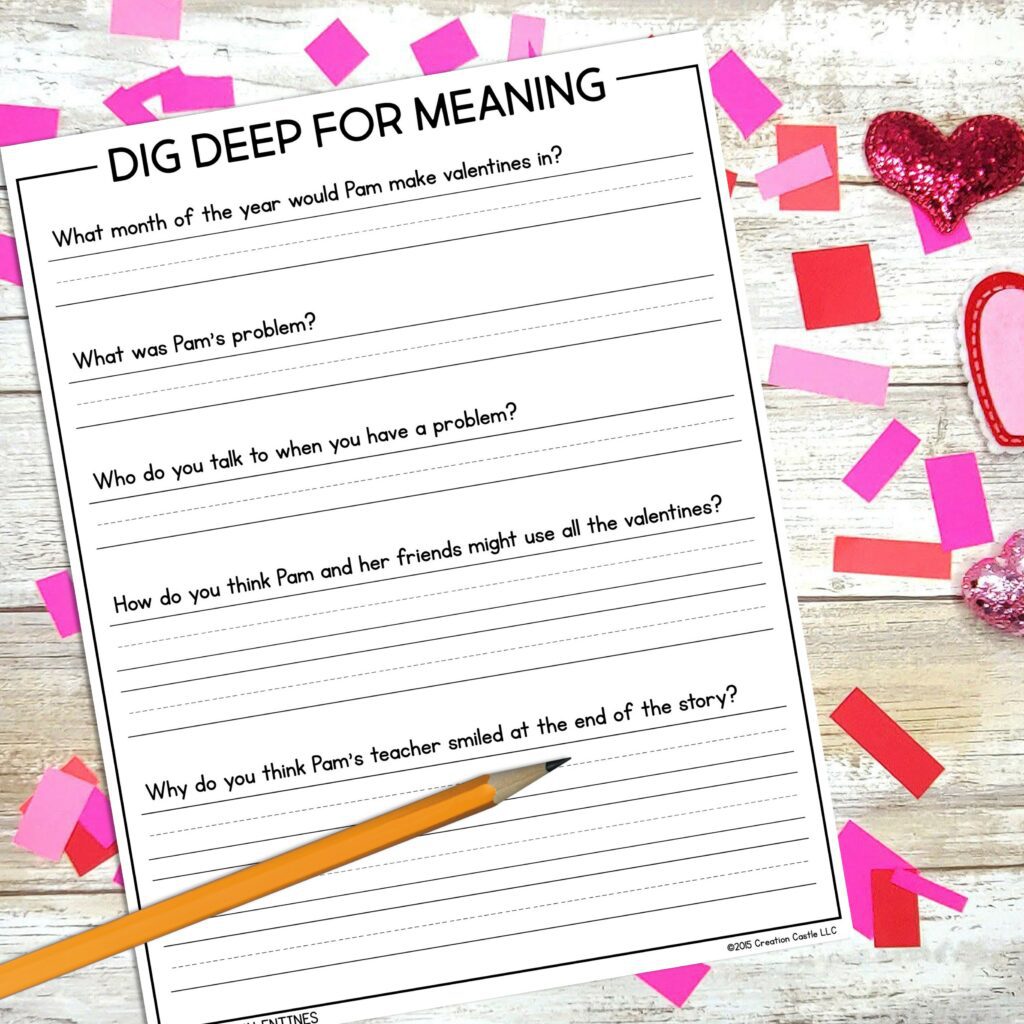
If you are ready to give it a try, here is a free reading passage and guiding questions to get you started. This passage is called Too Many Valentines, so while it can be used any time of year, it would make the most sense to pull it out in February.
If you happen to be reading this in April, September, or any month outside of February, you can still download the passage and questions to see what the resource looks like before purchasing a pack of passages.
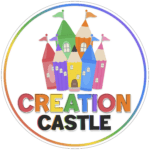
Creation Castle
Heather is the author of Creation Castle. She has experience with general education, special education, and ESL students in kindergarten through fifth grade. She specializes in early elementary math and literacy, as well as organization.

